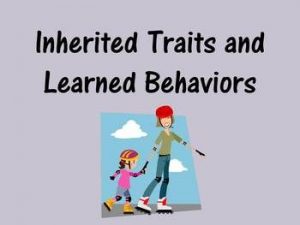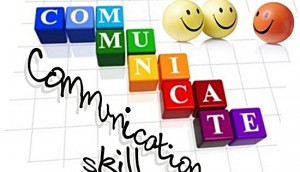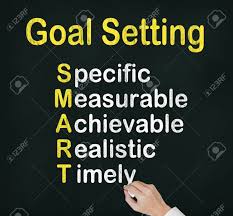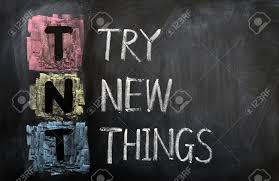 Every experience we have is assimilated and used in some way by our minds.
Every experience we have is assimilated and used in some way by our minds.
The smallest events can precipitate miniscule adjustments or provide affirmations to our underlying beliefs.
Less familiar, but more significant issues might help update existing opinion(s) and create ideas.
And the clearly traumatic can found wholly new or significantly change existing beliefs and behavior.
By this accounting all our experiences build upon or create who we are. Our very personalities are a product of our exposure.
Current thinking holds that we mostly try and confirm what we already believe when confronted with new or even familiar events, circumstance or people. The primitive mind works hard to validate our existing beliefs be they right, wrong or off-key.
It would appear it takes quite a jolt to move us off pre-established mindsets. So, we are programmed for better or worse, by experience. And a corresponding safety-net is established in our primitive mind.
As a result, our outward behavior reflects what has been learned. And we will react in generally predictable ways based upon our experiences.
The extent to which we are affected and changed by events depends upon our established personality and vulnerability. A minor issue/occurrence to one person may be traumatic to another and vice versa.
Everyone has good and bad experiences. Highly influential and negative experiences (accidents, deaths, abuse, neglect etc.) all leave their mark in our patterns of behavior. We all exhibit them, whether they are normally subtly controlled beneath the surface or bubble up, sometimes appearing visible and irrational when stimulated by events.
Our level of self-control and coping mechanisms will determine our outward reactions.
Unless we hold a crystal ball we are generally on autopilot when surprised by events.
And, we will react to stimulus and situations based on previous experience(s). But why should we care?
Well, there can be times when we simply don’t want to have some of our (undesirable) natural reactions and behaviors on display. They can be unseemly, socially unacceptable or detrimental to ourselves.
These are problems we need address (*), especially when they:
Affect Others in a Negative Way
Harm Relationships
Diminish our Present Lives
Prevent us Living the Way We Choose
Affect our Future in Unacceptable Ways
Some issues can be seemingly fixed; some can just be managed and mitigated.
Whatever the case, if we have undesirable behaviors we can exert a level of improved control ONLY if we Acknowledge, Understand and Address the issue(s).
Well this seems familiar. It looks a lot like AA or some other addiction therapy.
But unless we go through such a process there is no remedy. Problem behaviors can often find confirmation and even harden with time, becoming more pronounced.
Individual steps we might take to remedy such issues may take moments or years to work through, depending on the nature/severity of the behavioral anomaly and our desire or ability to diminish its effects.
It can sometimes be hard to recognize these behaviors in ourselves. Often trusted family members, friends or even colleagues are able point them out. You may already be aware of them and this is merely confirmation; you may not be conscious of them at all.
But if you are looking to identify and understand such problems: When and where you feel safe, you can ask for inputs.
Determining the origins of troubling behaviors can be easy or profoundly difficult. Major events in our pasts often offer clues… if THIS happened to me, how would I EXPECT it to affect the way I act? Some answers are right there and obvious.
Other issues are much more subtle and elusive. Their beginnings might lie (say) within events occurring at a very early age or be hidden within repressed memories. It may take professional help to dig this out; seek that if necessary.
If you want to diminish or eliminate such problems (*) in your life, it’s usually best to understand their origins.
The analogy to this discovery process is being brave enough to go into a dark cellar and turn on a light; you must then find and peel the specific onion that conceals the underlying event(s).
Do you have any behaviors that impact your life in unfortunate ways? Are you affecting others that deserve better? Have you ever checked to ascertain if such concerns apply to your life; perhaps you should?
There are many quality-of-life issues that might be successfully improved. So, take that look in the mirror.
Ian R. Mackintosh is the author of Empower Your Inner Manager Twitter@ianrmackintosh



















